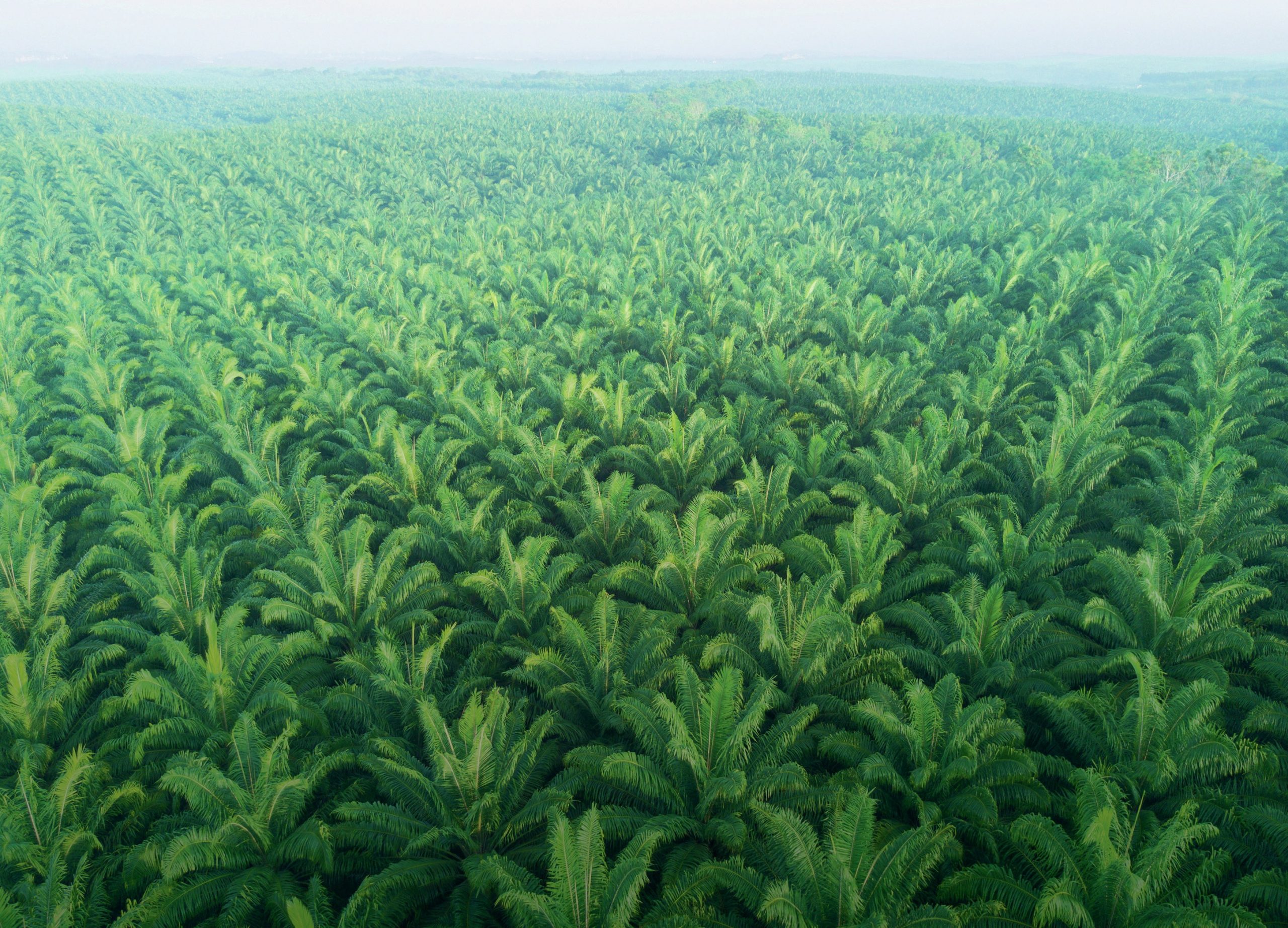
Palm oil is a common product that is found in processed food, cosmetics and biofuels. It has grown in popularity over recent decades as it is relatively cheap to produce. Palm oil trees (Elaeis guineensis) thrive in the humid tropics, with the majority of production in the Southeast Asian countries of Indonesia and Malaysia. This production boosts the economies of these regions, but the land needed for palm oil tree plantations often comes at the expense of tropical forests, which are cleared to make way for agricultural expansion.
In the previous Water and Carbon Update (GEOGRAPHY REVIEW, Vol. 35, No. 1, pp. 14–16), we examined how deforestation can lead to changes in the water cycling in tropical regions. Here, we will focus on changes to the carbon cycle caused by replacing tropical forests with palm oil plantations.
Your organisation does not have access to this article.
Sign up today to give your students the edge they need to achieve their best grades with subject expertise
Subscribe




